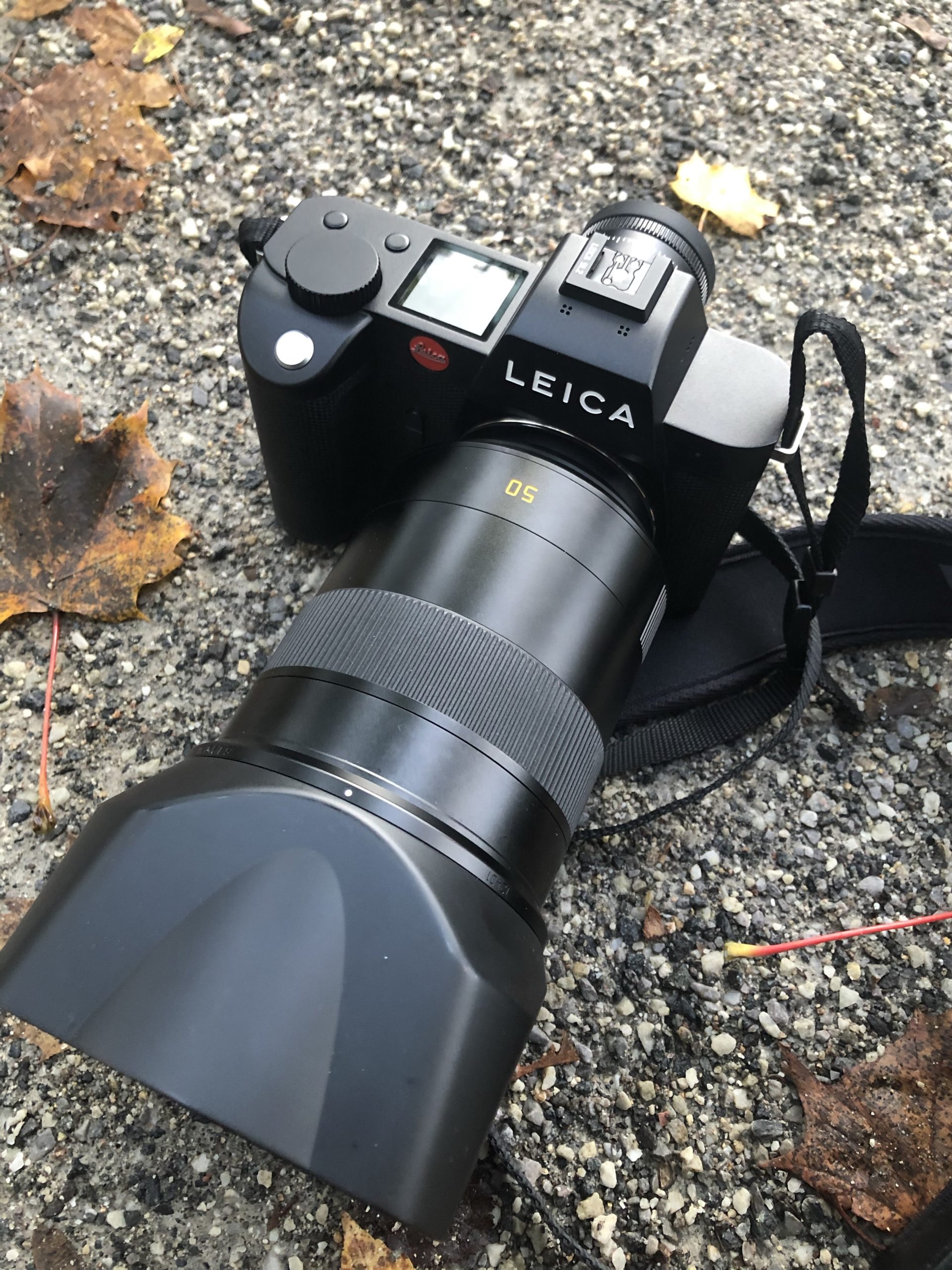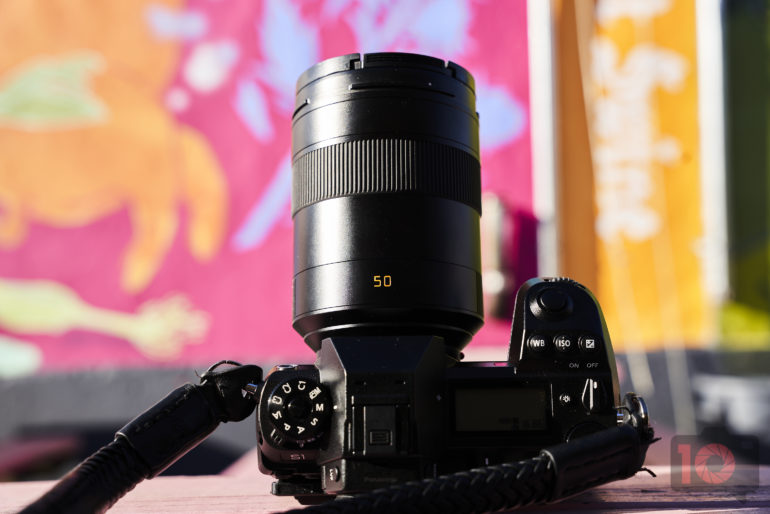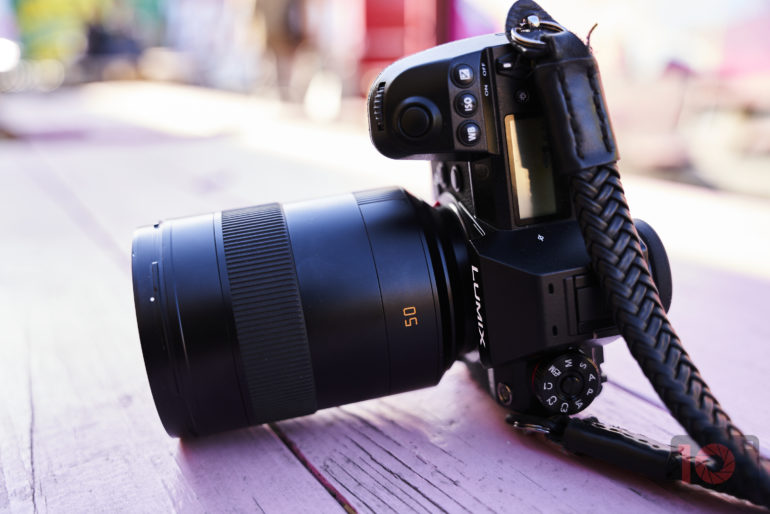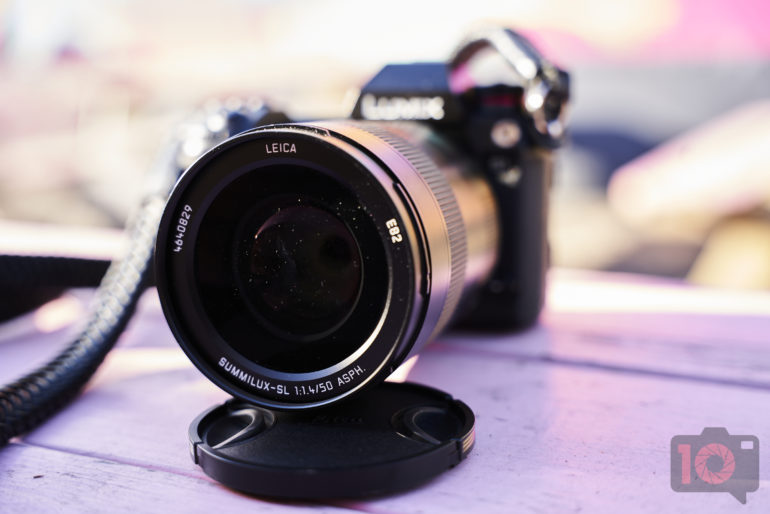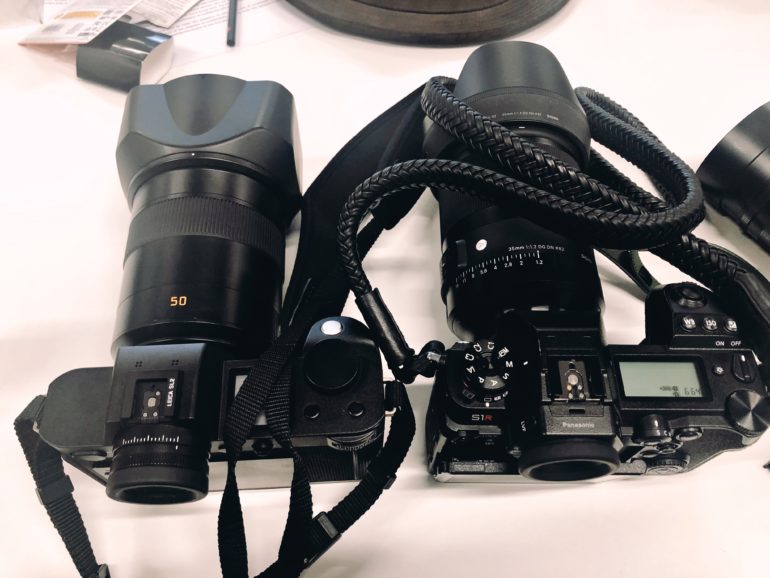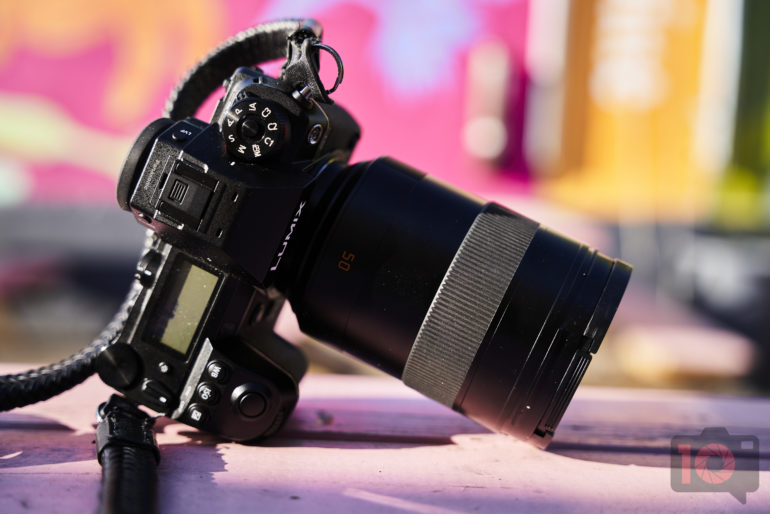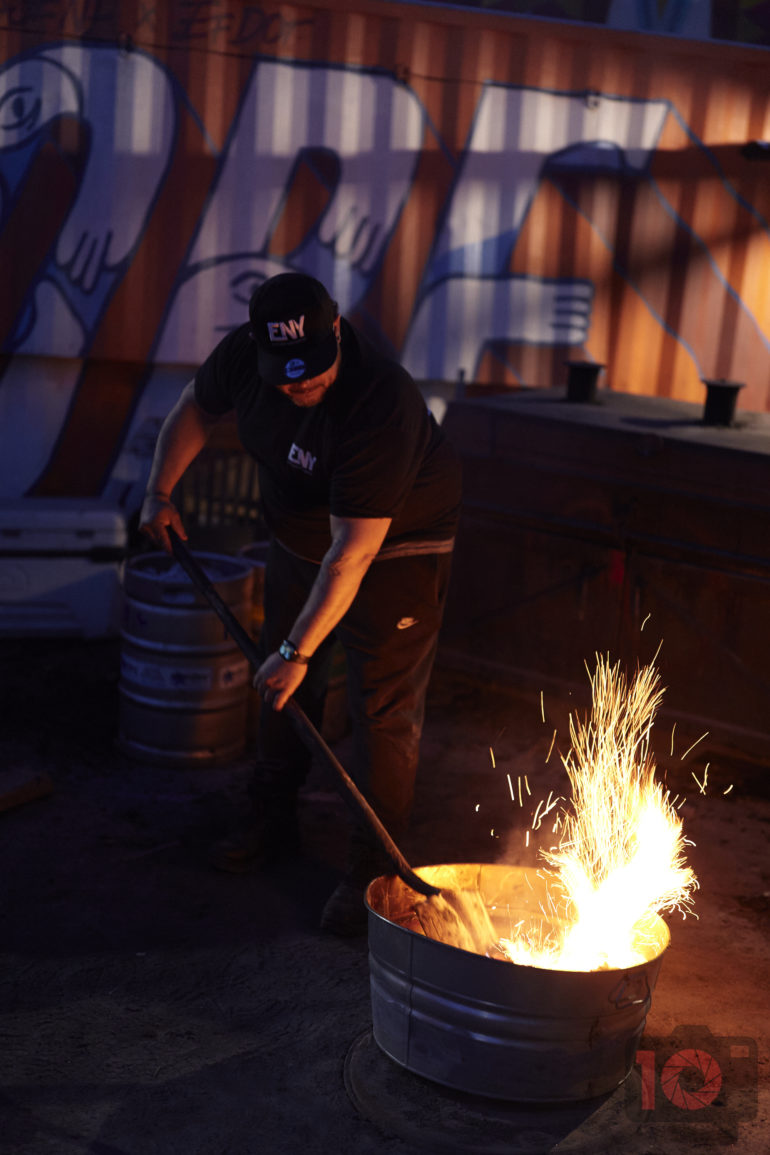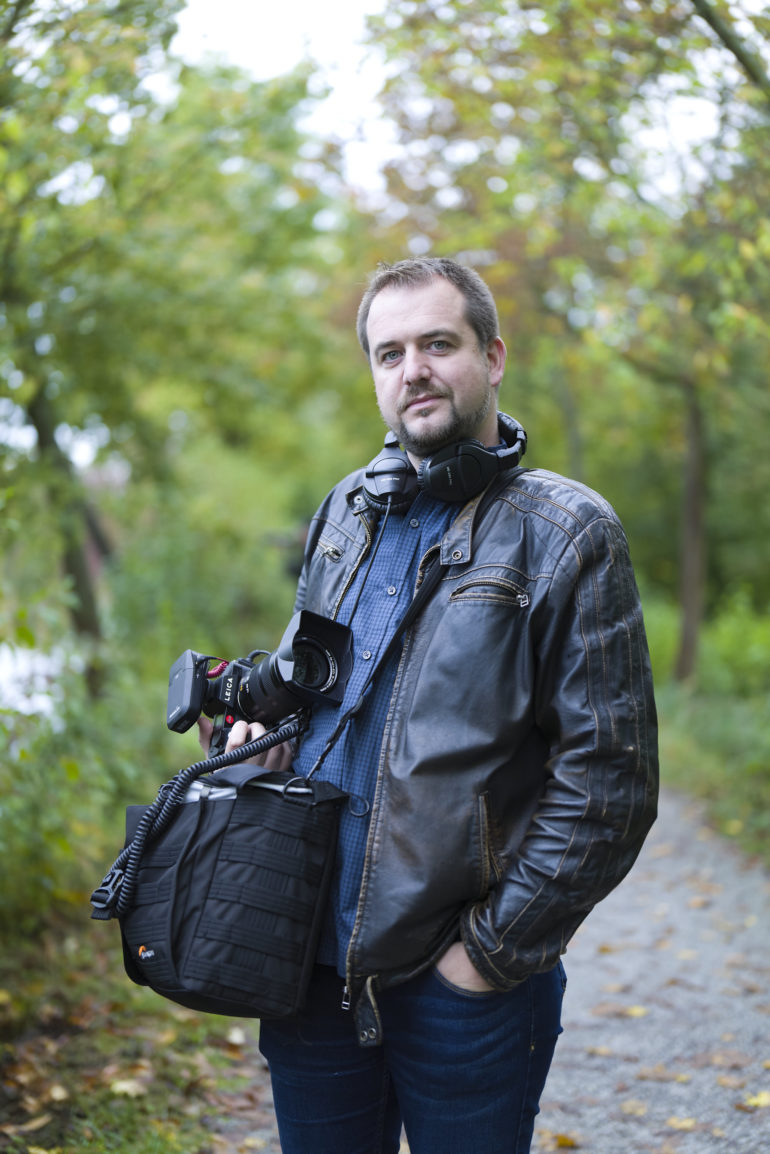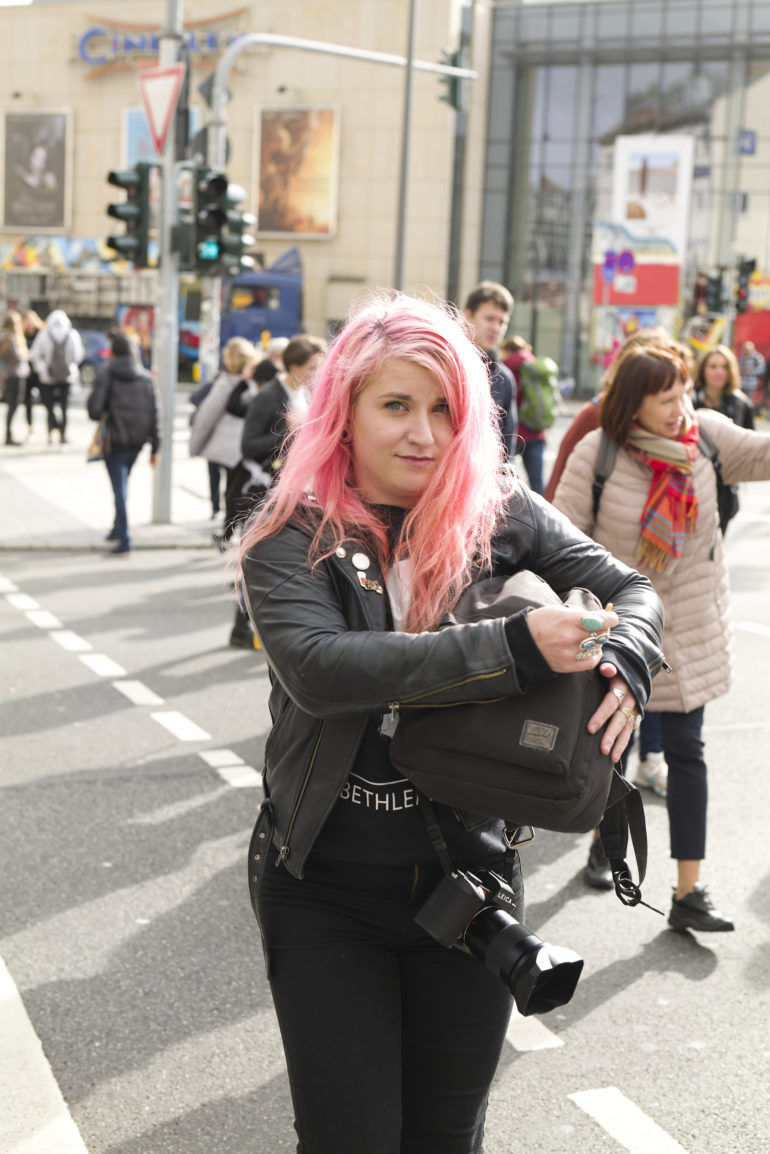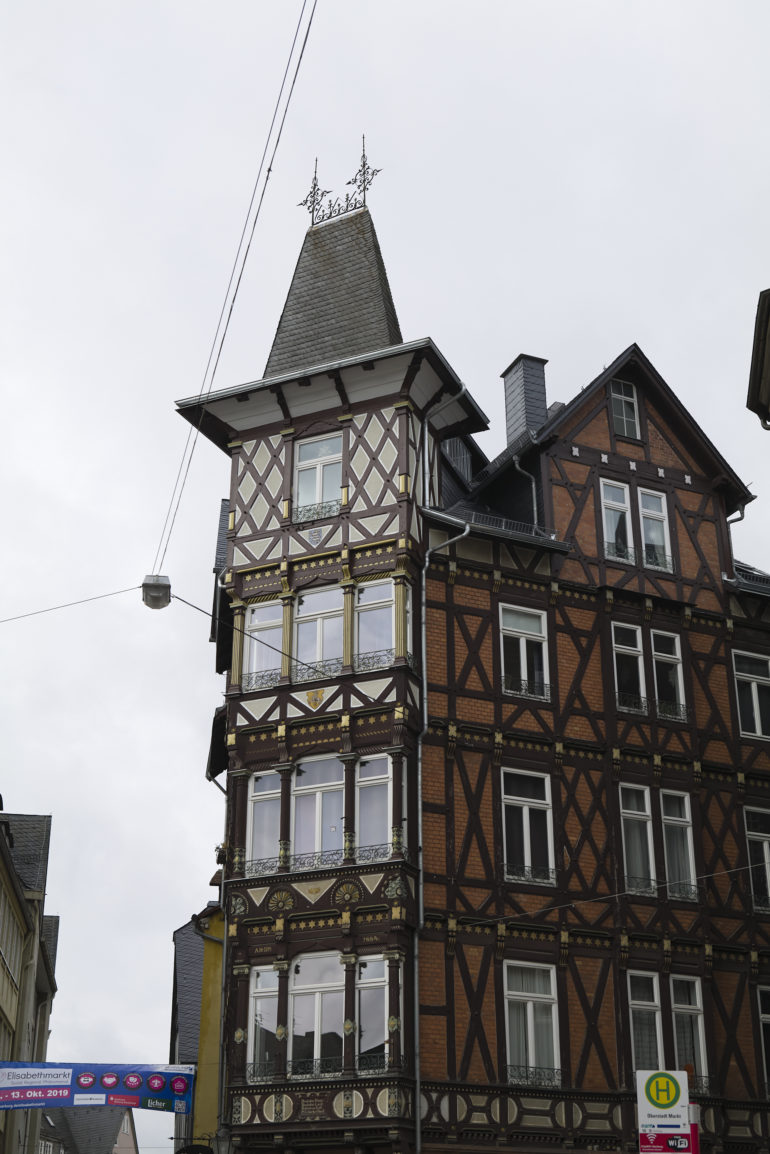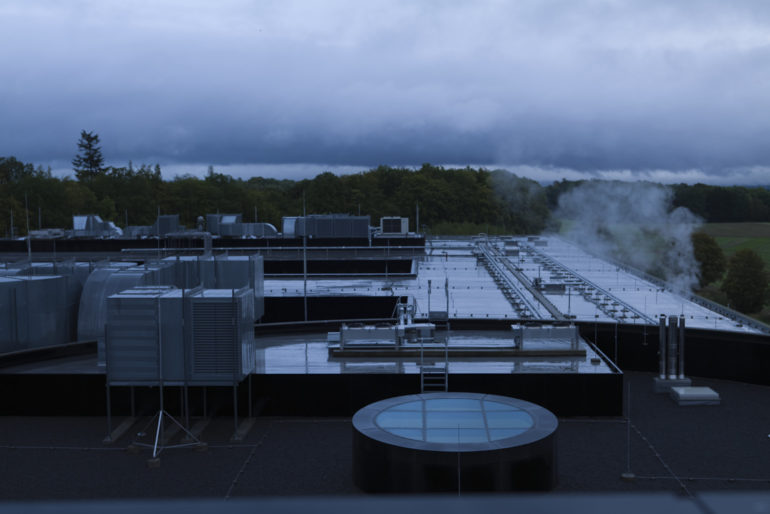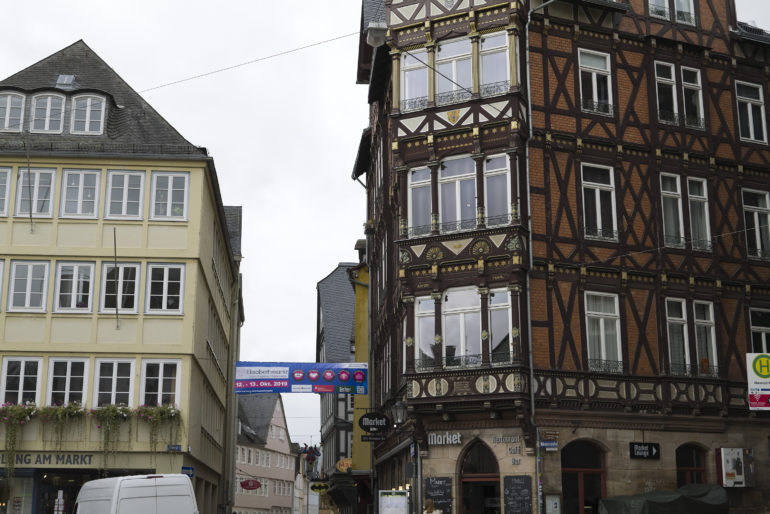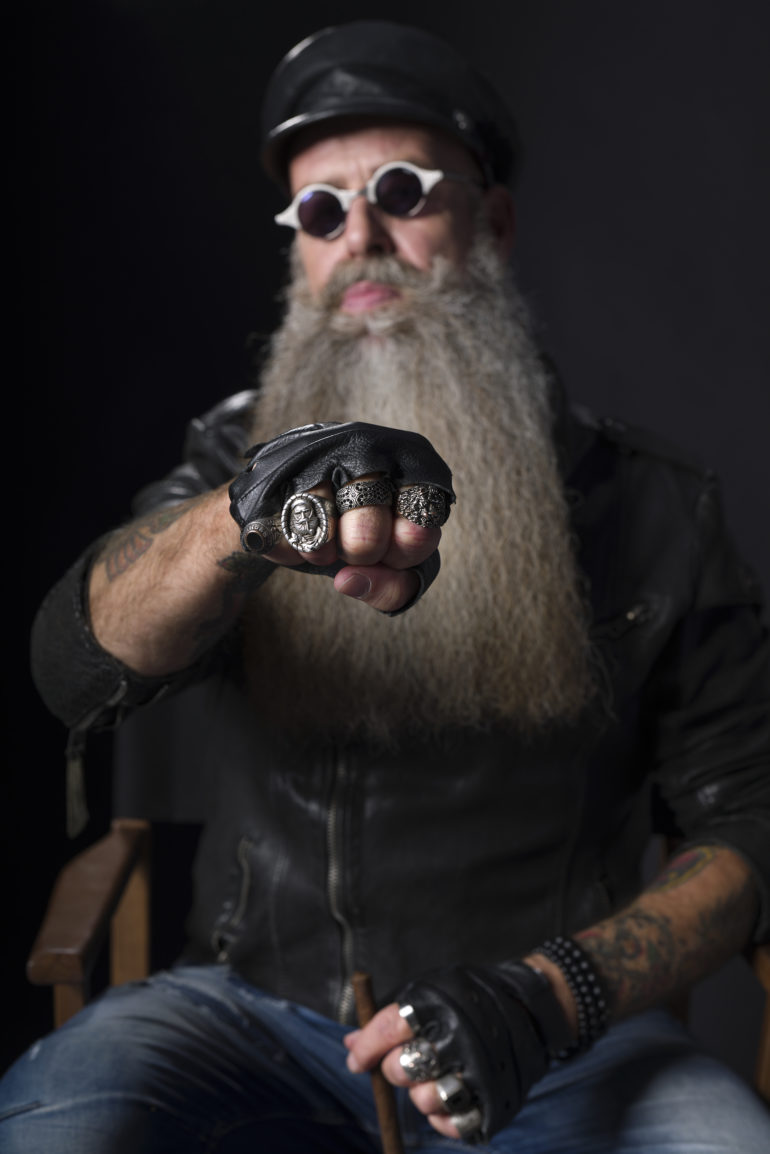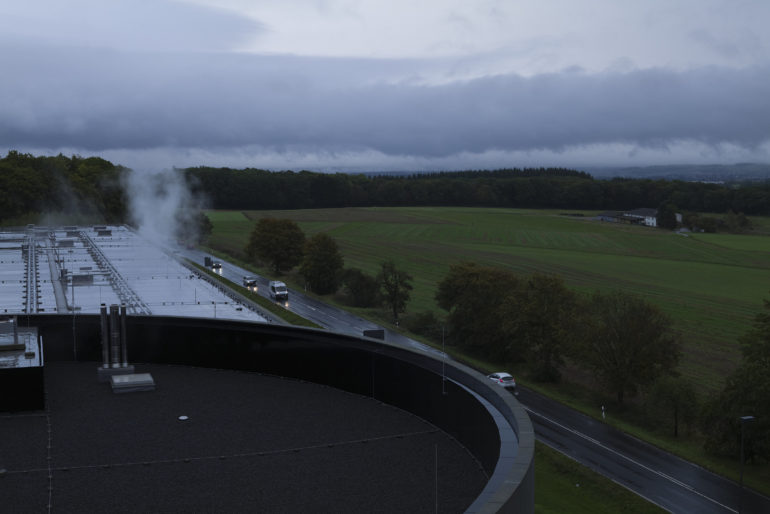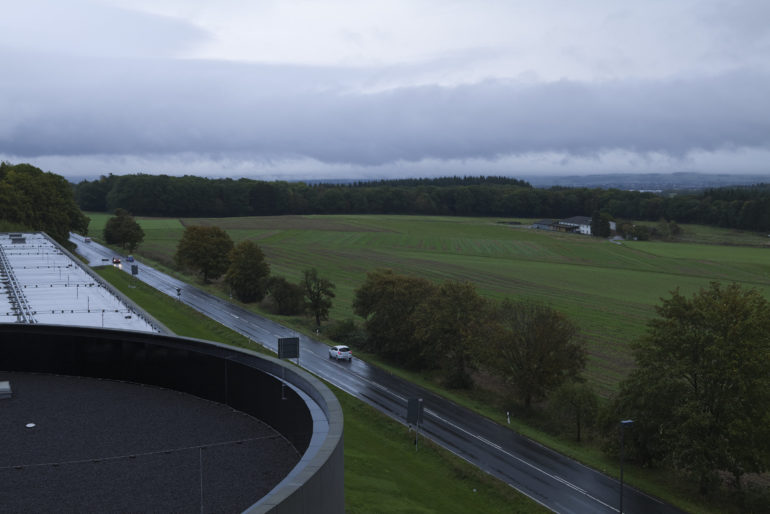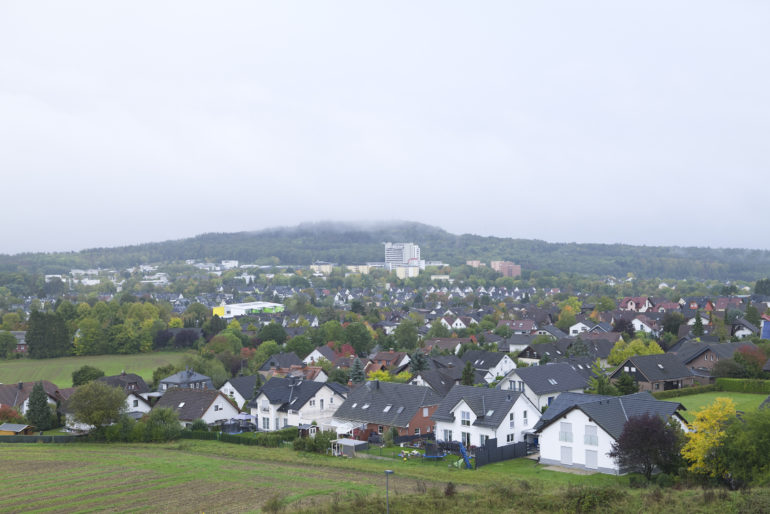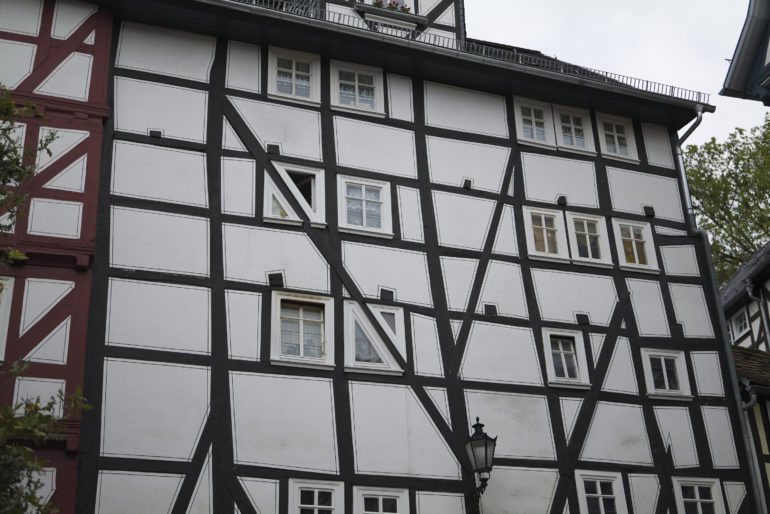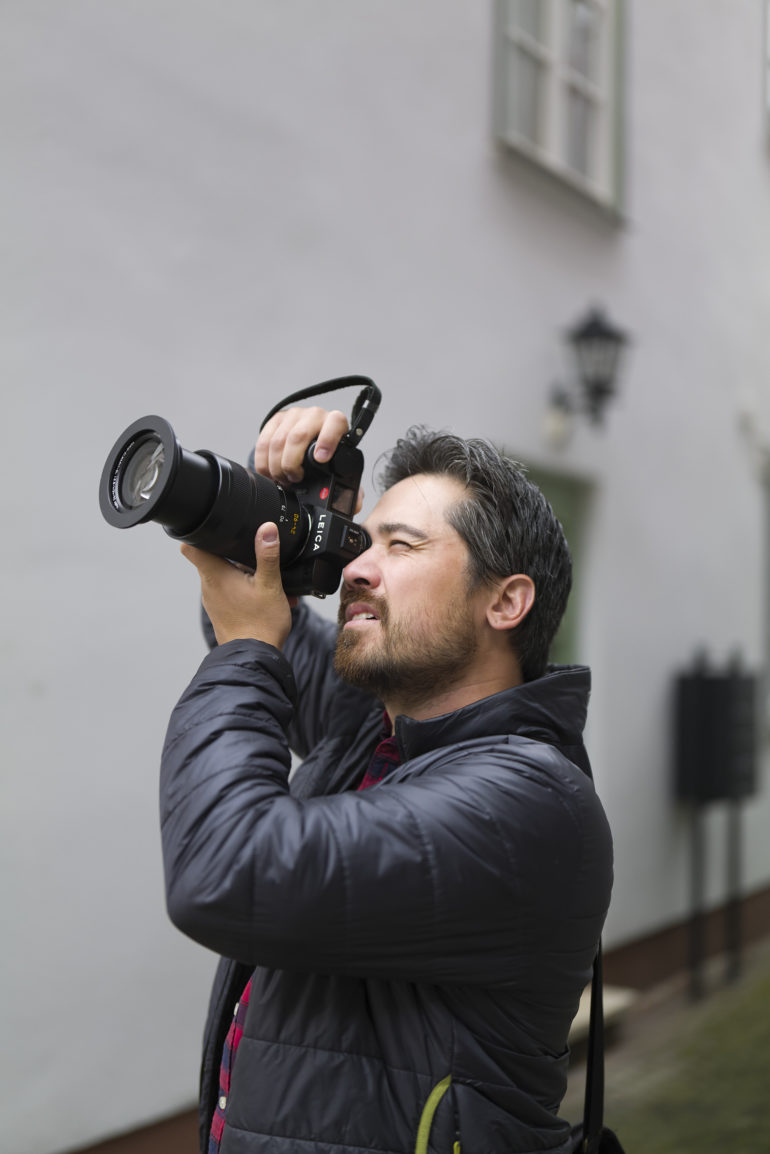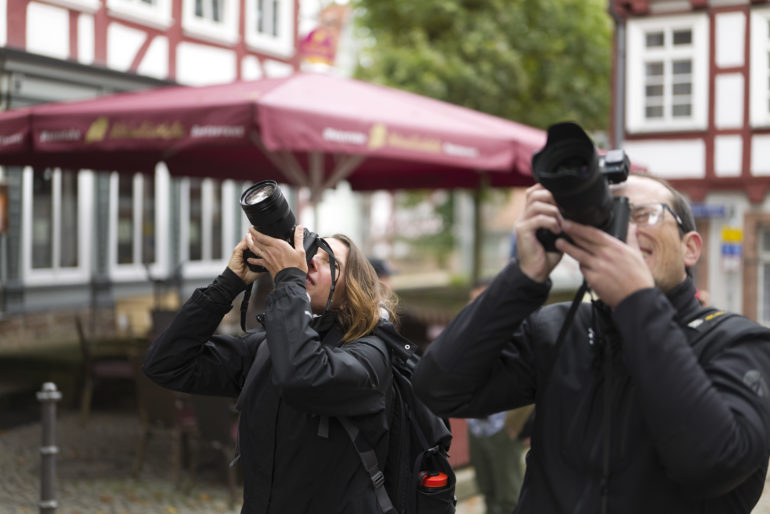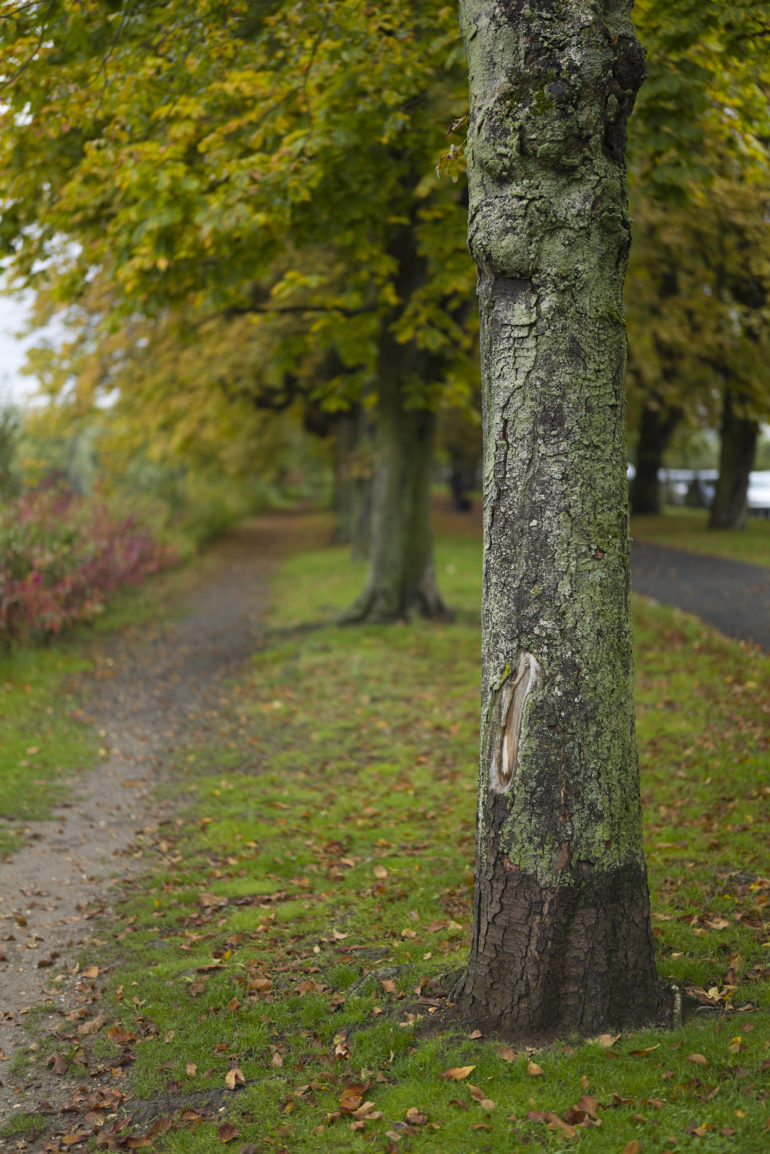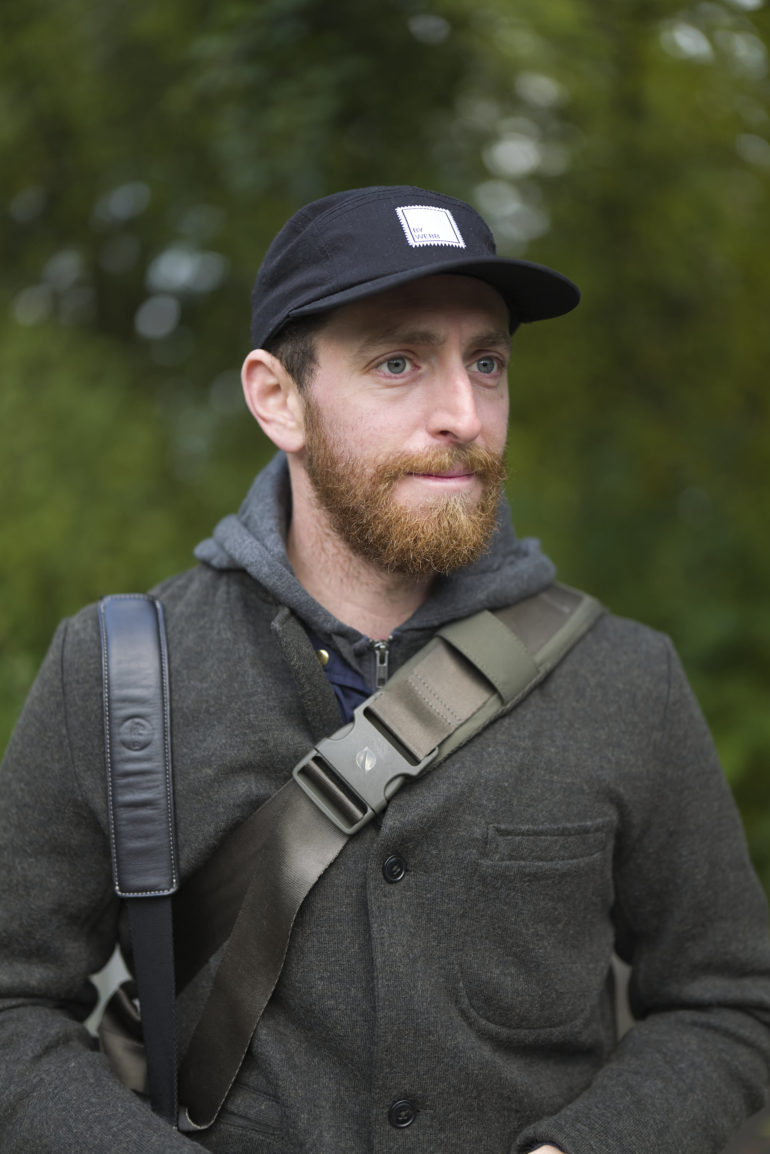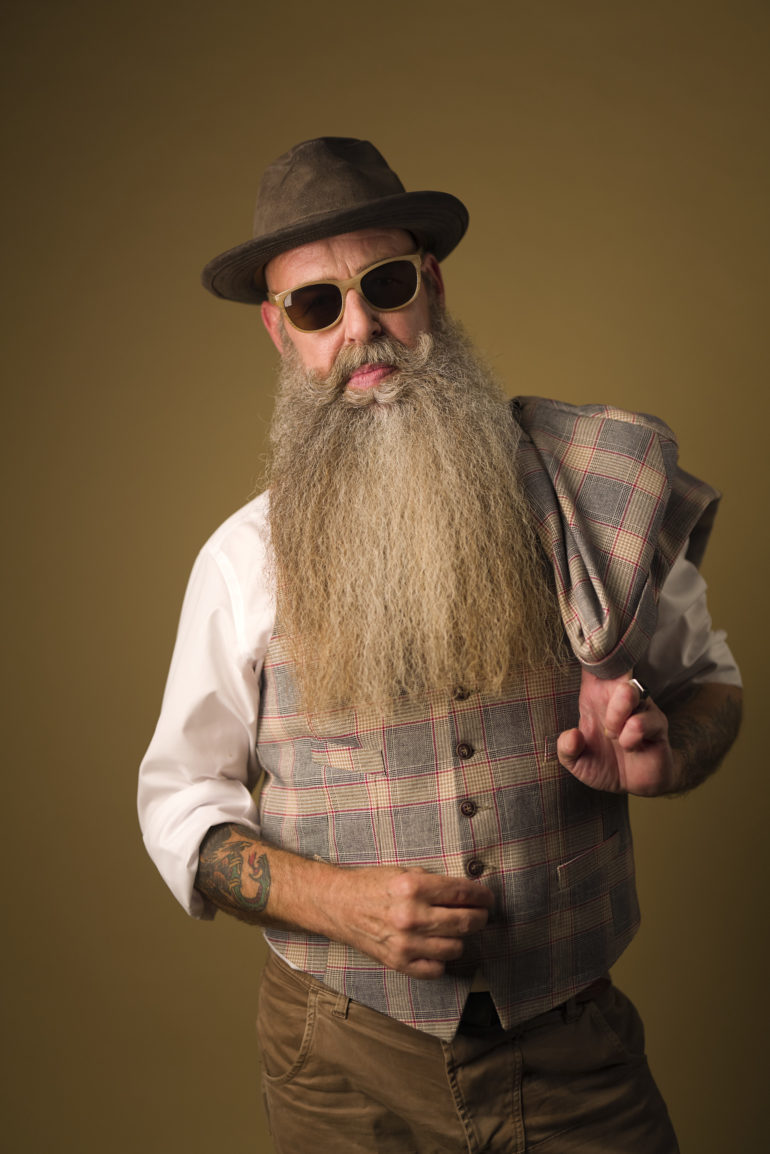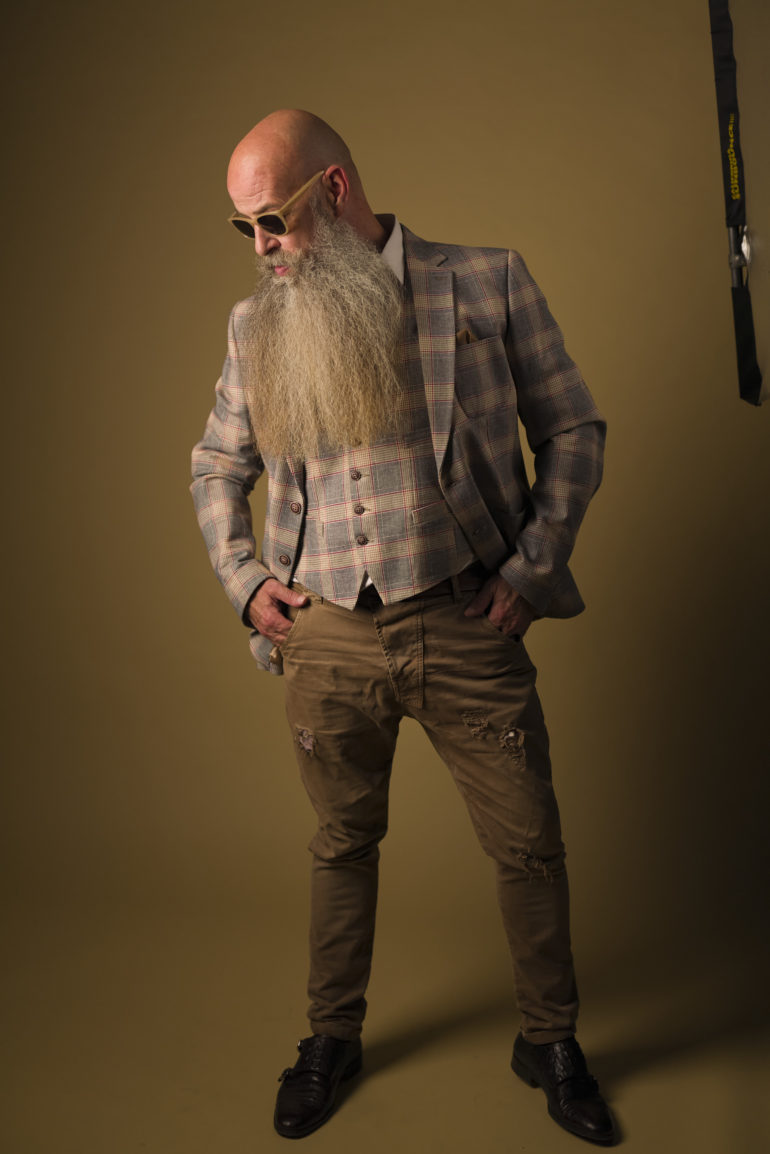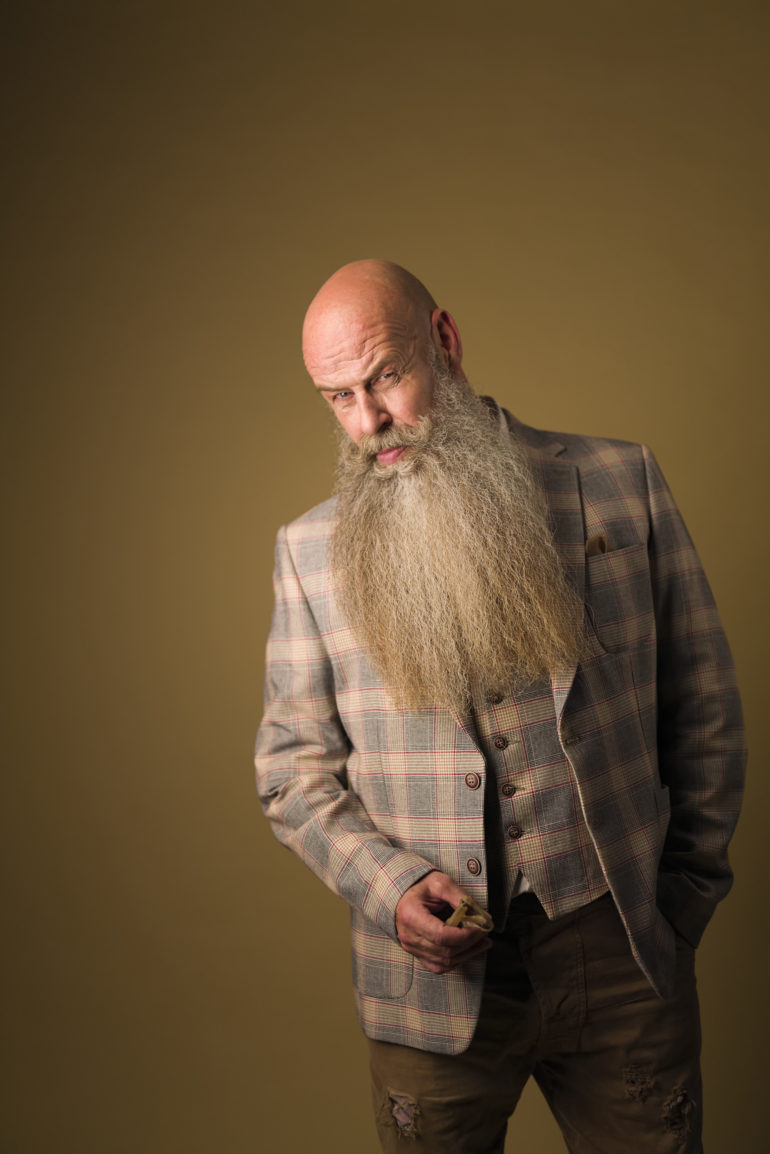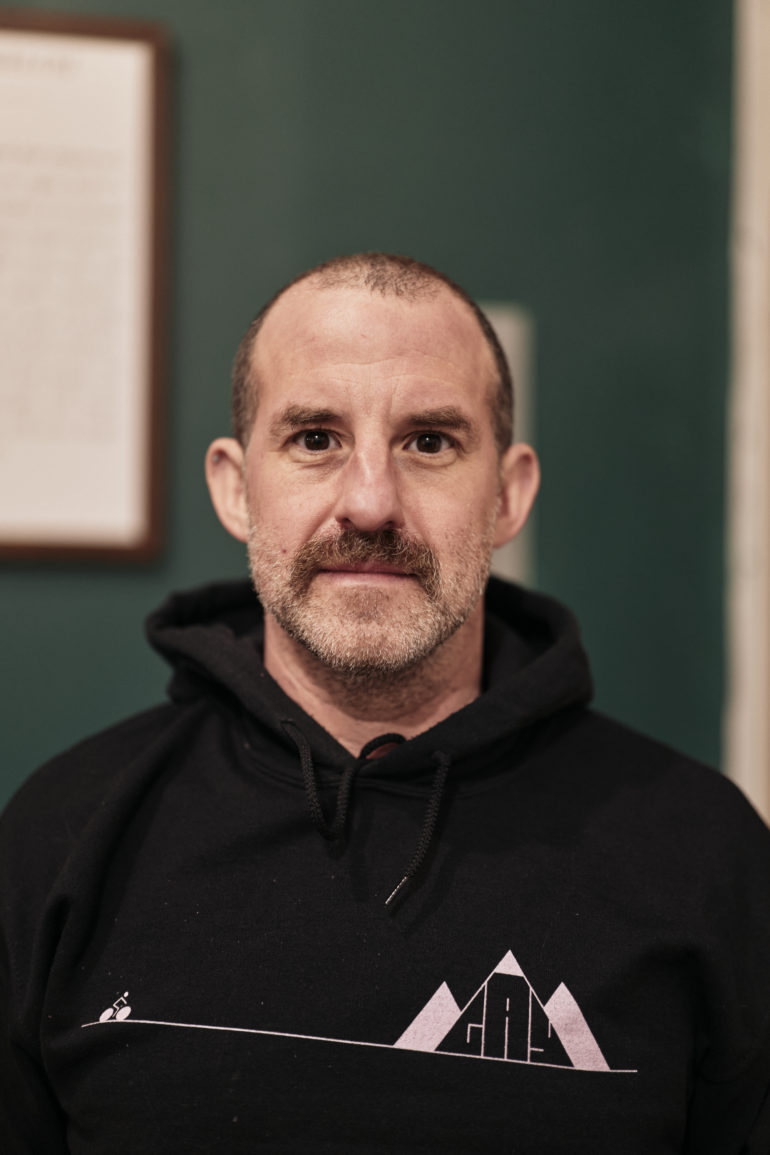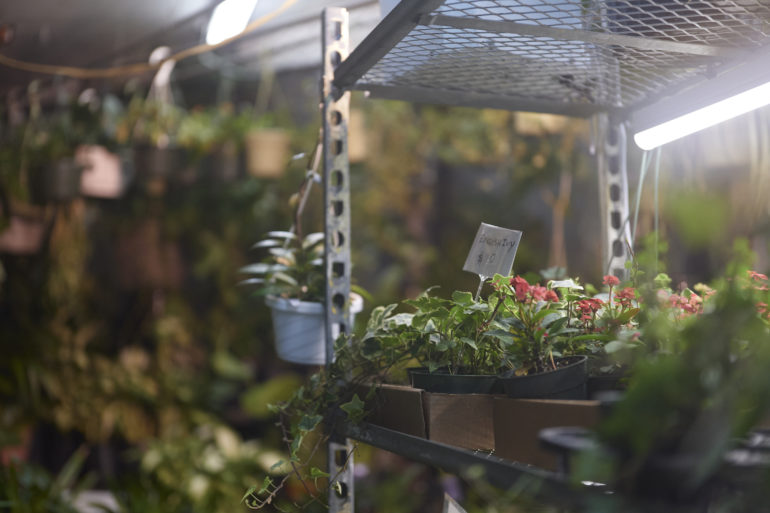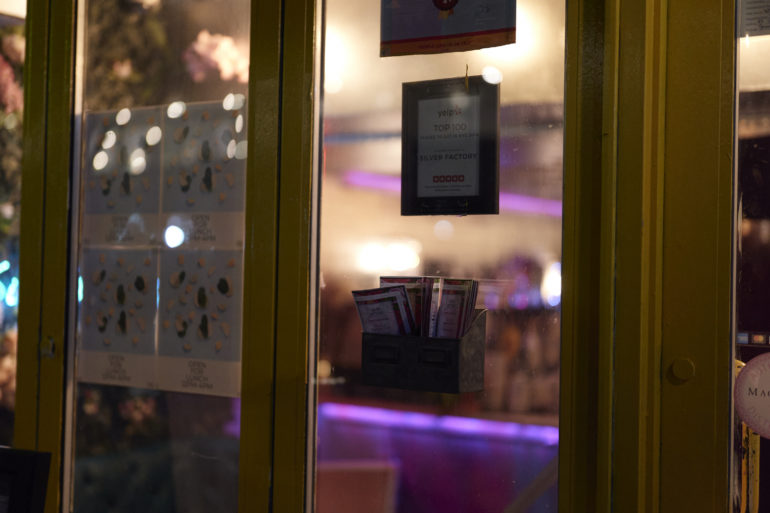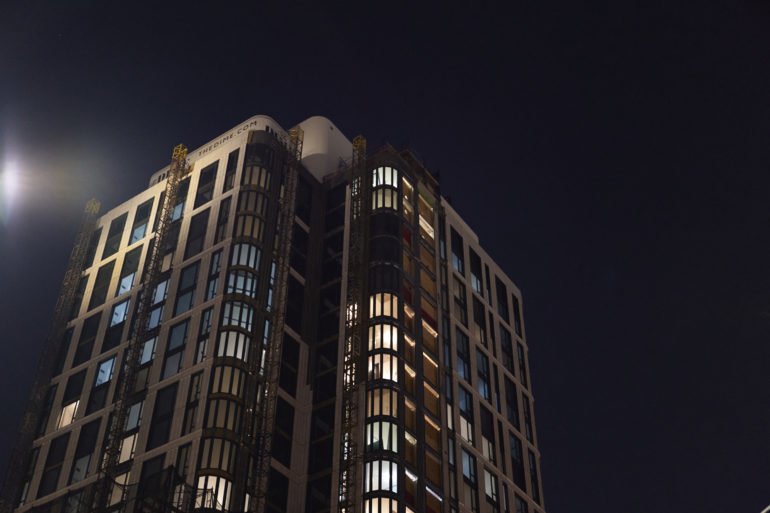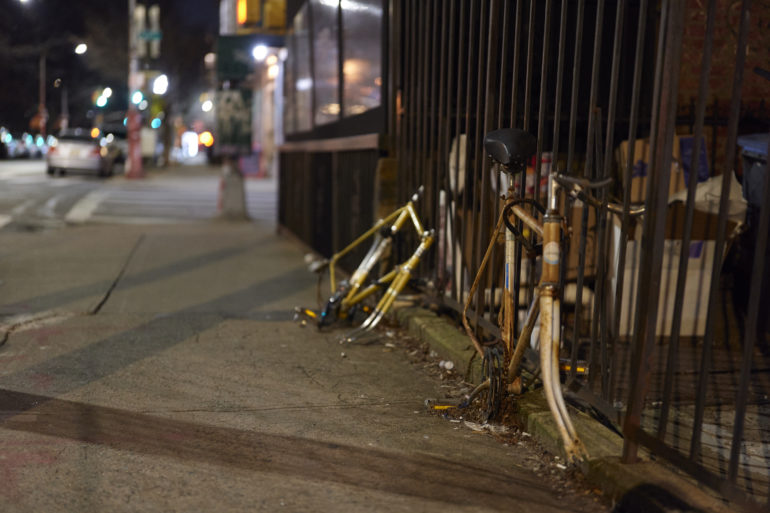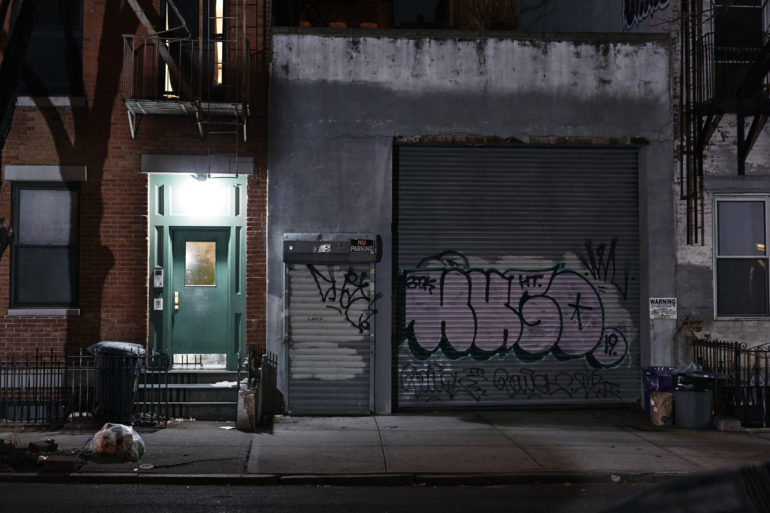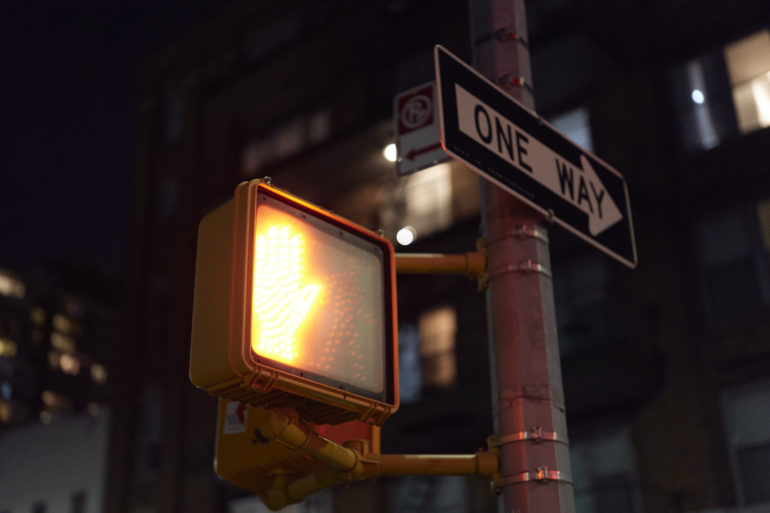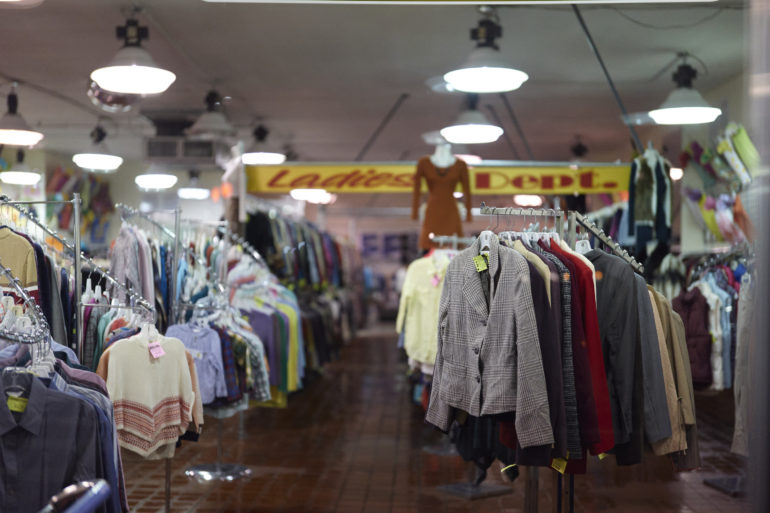The Leica SL 50mm f1.4 Summilux performs admirably, but it’s chunky and held back by a slow focusing camera system.
I need to begin this review by telling you all how long I’d been lusting to test the Leica SL 50mm f1.4 Summilux. Three years ago, I wrote this article about Jarle Hagan’s documentary portraiture of Norway’s Sami – a protected indigenous people and the most northern dwelling indigenous people in Europe. When I saw his images, I was incredibly inspired in a way I haven’t been by a marketing campaign for years. His pictures, lighting, and the humanity he presents is the stuff of legends. But beyond that, it also meant the Leica SL 50mm f1.4 Summilux survived a super harsh environment.
With this being a Leica lens, I wasn’t going to question the optical output; Leica’s lenses have always been stellar. And indeed, this too is a great one. But it’s also massive, and unfortunately, the L mount alliance can’t get it together with autofocus as of the time I finished testing this lens (February, 2020). But if that’s not a problem for you, then you’ll be treated to a lens that’s going to give you love at first click almost every time.
Editor’s Note: Some of this review was conducted on a press trip with Leica. However, I and all other writers on the Phoblographer are trained to give an honest opinion, not one that’s tainted by an all-expenses-paid trip. We’ll always communicate this to you.
Table of Contents
Pros and Cons
Pros
- Build Quality
- Bokeh
- Sharpness
- Smaller than the Panasonic version
Cons
- Cost
- Minimum focusing distance
- Size
Gear Used
We tested the Leica SL 50mm f1.4 Summilux with the Leica SL2, Panasonic S1R, and the Panasonic S1. Dynalite lighting and Nissin lights were used during this review.
Tech Specs
Taken from the Leica listing.
| Field angle (diagonal, horizontal, vertical) | 47.9°/40.5°/27.7° |
| Optical design | |
|---|---|
| Number of lenses/groups | 11/9 |
| Number of asph. surfaces / lenses | 4/2 |
| Entrance pupil position | 76.8 mm |
| Working range | 0.6 m to infinity |
| Distance setting | |
|---|---|
| Smallest object field | 241 x 362 mm |
| Largest reproduction ratio | 1:10 |
| Aperture | |
|---|---|
| Setting/function | Electronically controlled aperture, set using turn/push wheel on camera, including half and third values |
| Aperture setting range | 1.4-22 |
| Lowest value | 22 |
| Bayonet/sensor format | L-Mount, full-frame 35mm format |
| Filter mount | E82 |
| Dimensions and weight | |
|---|---|
| Length to bayonet mount | 124 mm |
| Largest diameter | 88 mm |
| Weight | 1.065 g |
Ergonomics
Here’s the Leica SL 50mm f1.4 Summilux in all its glory. As you can tell, it’s pretty much a metal tube with a rubber ring around it. It’s all black, and this is what it looks like without the lens hood. It’s enormous.
The only control on the lens is the rubber ring. This ring is for manually focusing, and that’s all.
The front of the lens has an 82mm filter thread. That’s big–and provides insight into how large this lens is. But let’s take a more in-depth look.
“Currently, this lens is sitting on the shelf for review units in my office, and just thinking about its size has me happy that I don’t need to test it again.”
Build Quality
We took the Leica SL 50mm f1.4 Summilux out into the rain several times in both Germany and in the US. It survived and kept working without any issues. The professional photographers this lens is designed for will be delighted to know that the lens will hold up to pretty much anything. Some photographers may look at this lens like a Leica M mount lens but modernized and much larger, but photographers who aren’t familiar with Leica’s other offerings may scratch their head. Where most manufacturers use plastic and carbonite for their exterior constructions, the Leica SL 50mm f1.4 Summilux uses metal and rubber: it’s a nice deviation. In real-life use, it makes it quite heavy though extra durable. Combine this with its mammoth size and you’ll be even more surprised. Currently, this lens is sitting on the shelf for review units in my office, and just thinking about its size has me happy that I don’t need to test it again; I sometimes found it a chore to use. If it’s not the build quality, it’s the autofocus performance from both Leica and Panasonic L mount cameras.
In the photo above, we put the Leica SL 50mm f1.4 Summilux next to the Sigma 35mm f1.2 Art lens. They’re both massive.
Ease of Use
Photographers who were afraid of using the manual focus on the M mount cameras should know it won’t be a problem here. The Leica SL 50mm f1.4 Summilux is pretty simple to use. Just screw the lens on, point, focus, and shoot: it’s that simple. There’s not even an aperture ring on this lens. So the entire thing will pretty much be a point and shoot affair. That means you can focus on just creating pictures.
Autofocus
The single most disappointing thing about the Leica SL 50mm f1.4 Summilux is the autofocus. Even if the L mount alliance gets it together and fixes their autofocus, I’m sure the Leica SL 50mm f1.4 Summilux will still be sort of slow compared to a competing camera system’s autofocus. It’s large, and there are lots of prominent glass elements that need to be moved. Not only can it be slow, but tracking isn’t always the best. Once it acquires a subject, though, it will totally lock on and continue to track them. Portrait photographers using L mount cameras will care about this the most. Use a modeling light, some flash, and you’ll be all set. I wouldn’t use this lens for street photography or photojournalistic applications. If you’re going to do documentary work, make it documentary portraiture and treat this more like a medium format camera system than anything else.
“The single most disappointing thing about the Leica SL 50mm f1.4 Summilux is the autofocus.”
Image Quality
Editor’s Note: The majority of these images are right out of the camera. Some of these photos have been edited. We show you both versions of pictures so that you can get a better understanding of both the potential of the files and the images you get.
The image quality from the Leica SL 50mm f1.4 Summilux is arguably the best thing about the lens. Despite its big and heavy build mixed with slow focusing, it’s got incredibly image quality. The bokeh is gorgeous. Further, we couldn’t find a single problem with fringing or distortion. So in post-production, that means you can focus less on the flaws and more on the images. Then there are the gorgeous colors and the sharpness that is better realized on higher megapixel camera bodies. I have to say you’re better off just using this lens on the more top end bodies. L mount zooms make more sense on the Panasonic S1 due to the faster autofocus, but if you want absolute image quality, then go high megapixel.
“…what I really can’t emphasize enough is the quality of the images you’ll produce. They’re gorgeous.”
Bokeh
One of the most beautiful things about the Leica SL 50mm f1.4 Summilux is the bokeh. It’s creamy and gives enough separation between the subject and the background. So, for the documentary portraiture style I mentioned, it’s pretty perfect. The bokeh can be emphasized even more when you consider the flash duration of a good strobe.
Chromatic Aberration
We didn’t find any. There’s no distortion, no significant issues with fringing, nothing. Optically speaking, this is a perfect lens that can hold its own with a Zeiss Otus optic. We can’t fault it at all.
Color Rendition
Typically, what we do is lock the white balance to Daylight, Tungsten, or auto. And, no matter what, you’re going to find workable colors that will be very nice. Ideally, you’re working with a high megapixel body, and the color depth will be even better. Again, in terms of portrait photography, one really just needs to choose the right colors in the scene and light it up. Then you’ll get a photo you’ll be very proud of.
Sharpness
With a high megapixel body, a low ISO setting, and a flash you’ll get super sharp photos. There’s no question about that. The sharpest images will come from the Leica SL2 because of how the sensor was designed.
Extra Image Samples
Conclusions
Likes
- Build quality
- Image quality
Dislikes
- It’s huge
- The autofocus is very slow compared to other systems
- The price
I like the image quality from this lens, but it’s incredibly expensive. One can make an argument that it’s so costly because it’s a Leica, but when you understand that Leica is a company that’s about sustainability more so than others, the price becomes easier to swallow. What’s not easy to swallow is the slow autofocus performance and the large size. For less money, back pain, and mental stress, I can go for the Panasonic 50mm f1.4 Pro instead. But what I really can’t praise enough is the quality of the images you’ll produce. They’re gorgeous.
We’re awarding the Leica SL 50mm f1.4 Summilux four out of five stars. Once the autofocus is fixed, we’ll be in better shape.


